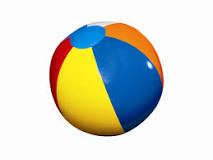Celebrating the world

As an ESL teacher it is easy for my lessons to reflect the diversity of my class and world. My lessons reflect standards that focus on reading, writing, speaking and listening which are easily adapted to include multicultural activities. It is important that my class celebrates diversity and creates a safe space for students to talk about their cultures as well as the cultures of the host culture we are in. At various times I have taught students from different countries (Russian, Israeli, Latvian, German) in a school culture (American) that differs from the host country culture (Estonia). On any given class period we would discuss American traditions as well as Estonian and Russian. It is important for students to experience learning from multiple perspectives and multiple cultures. A lesson about describing connections can be taught about comparing and contrasting key characters from a texts. This lesson teaches about multiple perspectives (highlighting two different perspectiv

